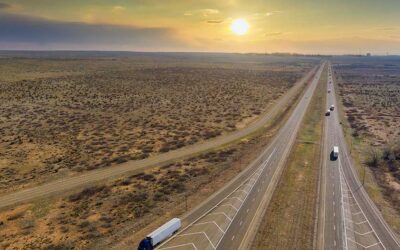Embracing Innovation in Urban Design for Civil Engineers
Urban design is witnessing a seismic shift as civil engineers incorporate cutting-edge technologies and sustainable practices. This article delves into the latest trends in urban design, elucidating how these innovations can transform urban landscapes and create resilient cities for the future. Additionally, we’ll explore an exemplary urban development project that epitomizes these principles.
The Urban Design Paradigm Shift
With rapid urbanization and population growth, cities face unprecedented challenges. Civil engineers are at the forefront of urban design, tasked with creating functional, sustainable, and livable urban environments.
Modern urban design goes beyond buildings and infrastructure; it entails creating a cohesive urban fabric that encompasses transportation, sustainability, social inclusion, and technological integration.
Sustainable Urban Development
Incorporating green spaces, urban forests, and natural ecosystems is vital. Green infrastructure not only improves aesthetics but also enhances air quality, mitigates heat islands, and promotes biodiversity.
LID techniques focus on managing stormwater runoff through natural processes, using elements such as green roofs, permeable pavements, and rain gardens.
Smart City Technologies
Using data analytics in urban planning can provide insights into traffic patterns, energy consumption, and public services, helping to optimize urban design strategies. IoT devices, such as smart meters and sensors, can be integrated into urban infrastructure to monitor and control various aspects of the urban environment, from traffic to energy usage.
Transportation and Mobility
Modern urban design must cater to various modes of transportation, including public transit, bicycles, and pedestrians, to reduce congestion and encourage sustainable commuting. The integration of autonomous and electric vehicles within the urban fabric will play a significant role in reducing emissions and optimizing traffic flow.
Urban Resilience and Climate Adaptation
Civil engineers must incorporate flood resilience measures such as elevated structures, flood barriers, and resilient urban drainage systems. Urban design should account for climate change by incorporating adaptive measures such as heat-resistant materials and cooling green spaces.
Case Study: HafenCity, Hamburg
HafenCity in Hamburg, Germany, is a prime example of modern urban design that integrates sustainability, innovation, and social aspects.
HafenCity is known for its sustainable design, featuring green roofs, energy-efficient buildings, and extensive public spaces.
The area boasts an integrated transportation network, including a well-connected public transit system, cycling lanes, and pedestrian-friendly streetscapes. HafenCity was designed with climate change in mind, incorporating elevated building designs, adaptable spaces, and a sophisticated stormwater management system.
Pioneering the Future of Urban Landscapes
The urban design domain is ripe for innovation, and civil engineers are pivotal in shaping the cities of tomorrow. By embracing sustainable practices, smart technologies, and adaptive designs, they can foster urban environments that are not only functional and aesthetically pleasing but also resilient and sustainable. HafenCity stands as a testament to what can be achieved through visionary urban design, and serves as an inspiration for civil engineers worldwide.




